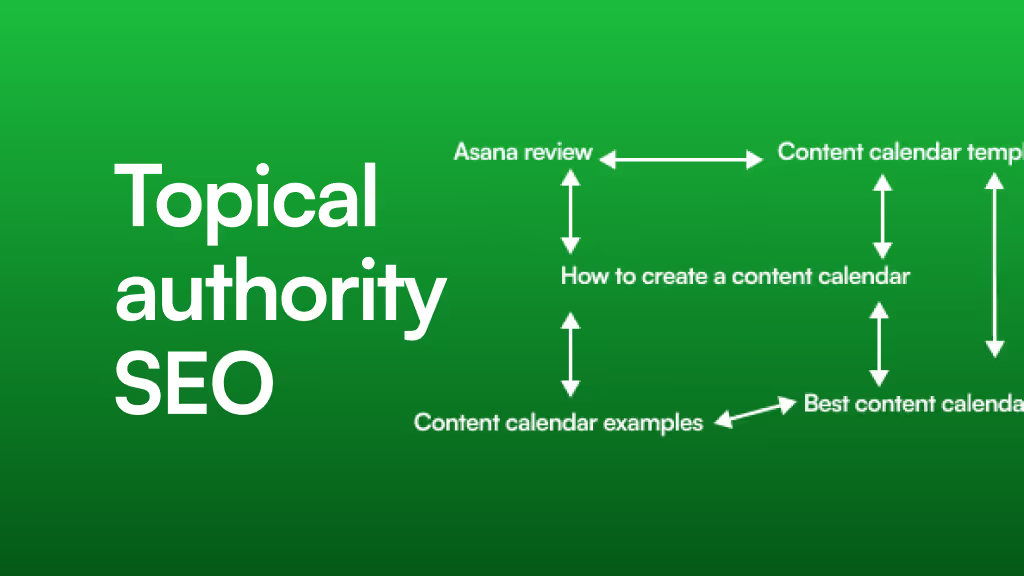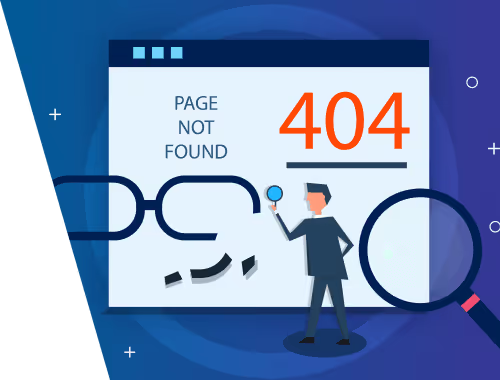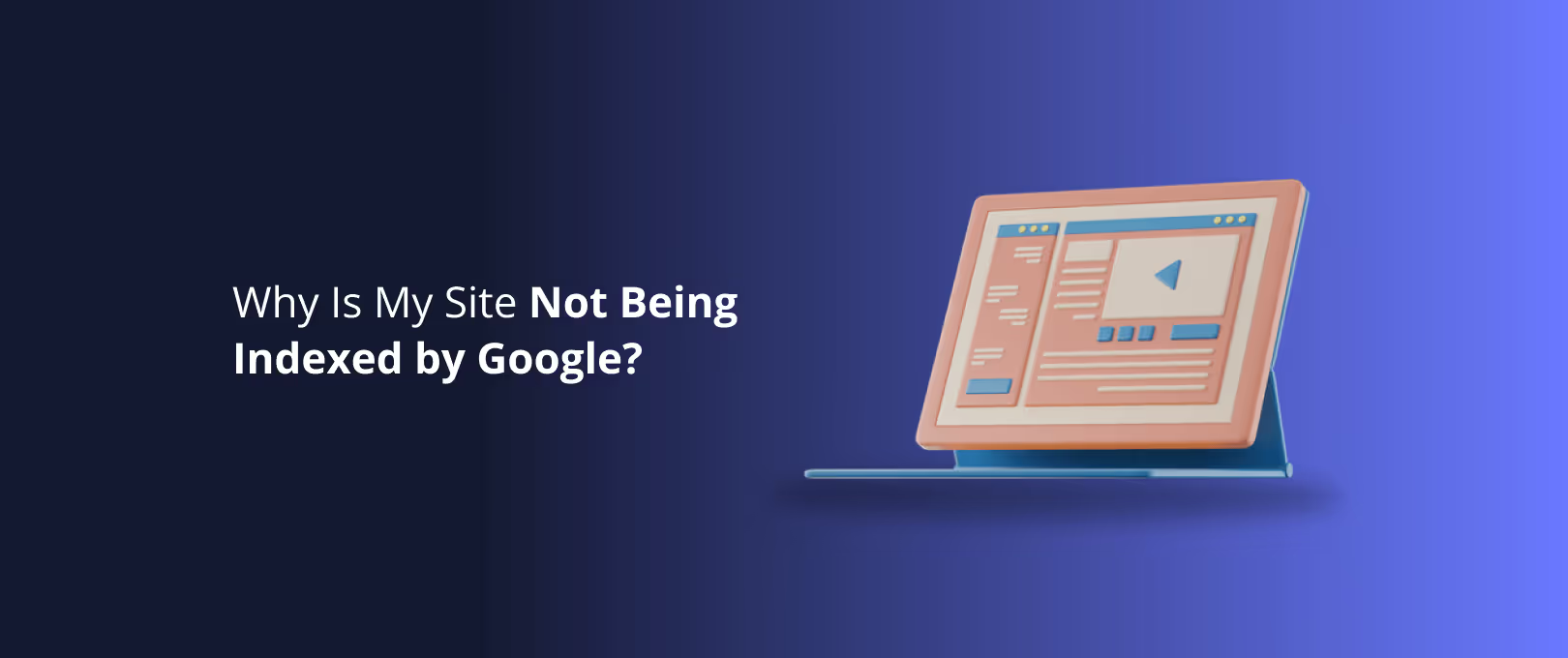From Clicks to Conversions: The Webflow Designer's Guide to Microcopy & CTAs
Ever heard of the $300 million button? It’s a true story. In a major e-commerce redesign, developers changed the text on a single button from "Register" to "Continue." The result? A 45% increase in conversions, leading to an extra $300 million in revenue in the first year.
This wasn't a magic trick. It was the power of microcopy the small, seemingly insignificant words on a website that guide users, build trust, and drive action.
For Webflow designers and developers, mastering microcopy isn't just a "nice-to-have" skill; it's the secret ingredient that transforms a visually stunning landing page into a high-converting machine. You can build the most beautiful house, but if the signs on the doors are confusing, no one will know how to get inside.
This guide will walk you through the psychology behind effective microcopy and Calls-to-Action (CTAs), showing you how to turn casual browsers into engaged users, right within your Webflow projects.
What is Microcopy? (And Why It’s Not Just ‘Small Words’)
Let's get one thing straight: microcopy is not the same as copywriting.
- Copywriting is the art of persuasion on a large scale your headlines, your value propositions, your body paragraphs. It tells the story and sells the dream.
- Microcopy is the art of conversation on a small scale. It's the text on your buttons, in your form fields, on your error messages, and in your tooltips. It’s the helpful friend guiding the user through each step of the journey.
Think of your landing page as an app. Without microcopy, it’s just a collection of empty boxes and buttons. It’s functional, but it’s also confusing, cold, and intimidating.
[Image: A side-by-side comparison of a login form. The 'before' version is stark with just 'Username,' 'Password,' and a 'Submit' button. The 'after' version has helpful microcopy like 'Use your work email,' a 'Forgot password?' link, and a more descriptive button 'Log In to Your Account.']
Microcopy adds the human touch. It anticipates questions, calms fears, and clarifies the next step, creating a seamless and intuitive experience.
The Hidden Psychology of a Single Click
Every time a user decides whether to click a button, fill out a form, or simply leave your page, a rapid-fire psychological evaluation is happening in their brain. Effective microcopy tips the scales in your favor by addressing these subconscious concerns.
Principle 1: Clarity Over Cleverness
A user's brain is constantly trying to conserve energy. This is called cognitive load. If they have to spend even a millisecond trying to figure out what your button does or what a form field means, you're increasing their cognitive load and pushing them closer to the "exit" button.
- Bad (Clever): "Let's Blast Off!" (What does this do? Sign me up? Start a download?)
- Good (Clear): "Start Your 14-Day Free Trial" (I know exactly what will happen when I click.)
Your goal is to make the user's decision effortless. The best microcopy is so clear it’s almost invisible.
Principle 2: Reassurance Builds Trust
Every request for information an email address, a credit card number creates a moment of friction. The user instinctively asks, "What are they going to do with this? Can I trust them?"
Reassuring microcopy alleviates this anxiety at the exact moment it arises.
- On a newsletter signup: "Join 10,000+ designers. Unsubscribe anytime."
- On a payment form: "Your data is secured with 256-bit encryption."
- Next to a "Download" button: "It's a 5MB PDF. No signup required."
These tiny phrases are promises that build the trust needed for a user to convert.
Principle 3: Urgency Creates Action
Humans are masters of procrastination. Often, a user might be interested in your offer but think, "I'll come back to this later." Urgency and scarcity are powerful psychological triggers that motivate them to act now.
- Urgency (Time-based): "Offer ends in 24 hours." or "Get Early Access"
- Scarcity (Quantity-based): "Only 3 spots left at this price."
This isn't about creating false pressure. It's about framing the decision in a way that highlights the benefit of immediate action, a concept known as loss aversion—people are more motivated by the fear of losing something than the prospect of gaining something.
The High-Converting Webflow Microcopy Playbook
Now let's move from theory to practice. Here’s how you can apply these principles directly to your Webflow landing pages.
Crafting CTAs That Command Action
Your Call-to-Action button is the most important piece of microcopy on your page. It's the final step. To make it effective, start with a strong, action-oriented verb that describes the specific value the user will get.
Vague & Passive Clear & Action-Oriented Submit Get Your Free Quote Download the E-book (PDF)Learn More See Pricing Plans OK Save My Changes
Pro-Tip: Use first-person language ("Get My Free Template") instead of second-person ("Get Your Free Template"). Studies have shown this simple change can increase click-through rates by making the action feel more personal and empowering. Getting these details right is a core part of building a successful site. Explore our Webflow development services to see how we build conversion-focused sites from the ground up.
Designing Forms That People Want to Fill Out
Forms are the ultimate conversion killers if not handled with care. Every field is a potential drop-off point. Microcopy is your tool to guide users through to the end.
[Image: A Webflow signup form with excellent microcopy. Placeholder text says 'e.g., you@company.com', a helper text under the password field says 'Must be at least 8 characters,' and a reassurance message near the CTA says 'We'll never share your email.']
- Placeholder Text: Don't just label the field; give an example of the expected format (e.g., "you@company.com"). This reduces thinking and prevents errors.
- Helper Text: Use it for password requirements ("Must include one uppercase letter") or to explain why you need certain information ("We need your phone number to verify your account").
- Error Messages: This is crucial. Instead of a generic "Invalid Input," be specific and helpful. "Oops! That email address doesn't look right. Please check for typos." A helpful error message turns a moment of frustration into a moment of progress.
The Secret Weapon: Microcopy for Webflow Interactions
This is where Webflow builders have a unique advantage. Webflow’s powerful interactions and animations can be paired with microcopy to create delightful, informative experiences.
- Hover States: When a user hovers over a feature, don't just change the color. Use a tooltip with microcopy that briefly explains the benefit of that feature.
- Loading States: Instead of a generic spinner, use microcopy that builds anticipation. "Analyzing your data…" or "Polishing your dashboard…" makes the wait feel productive.
- Success Messages: After a form submission, a generic "Success!" is a missed opportunity. Be specific and set expectations. "Thanks for subscribing! Your first email is on its way."
These small, animated moments of communication make your site feel responsive, intelligent, and alive. Need a site that feels alive? Our WSC Hyperspeed service delivers stunning, interactive websites in just seven days.
Putting It to the Test: How to Know What Works
You don't have to guess which microcopy works best. The beauty of digital design is that you can test everything. A/B testing is the process of showing two versions of a page to different users to see which one performs better.
You can use tools like Google Optimize, Optimizely, or VWO to test different versions of your button text, form labels, or helper text.
Start with small, high-impact changes:
- Test your primary CTA button text.
- Test the reassuring copy on your main form.
- Test the headline of your pricing section.
Let the data tell you what resonates most with your audience.
Frequently Asked Questions (FAQ)
What's the biggest mistake people make with microcopy?
Being clever instead of clear. The goal is to reduce thinking, not make the user admire your wit. Clarity always wins in conversion.
What’s the difference between microcopy and copywriting again?
Think of it this way: copywriting gets someone to the door (the landing page). Microcopy gets them through the door and helps them navigate the rooms inside (the UI elements).
How many CTAs should I have on a landing page?
For a dedicated landing page, you should have one primary goal and therefore one primary CTA. You can repeat this CTA multiple times on the page, but they should all lead to the same action. Multiple, competing CTAs create decision fatigue and lower conversion rates.
How does brand voice affect microcopy?
Your brand voice should be consistent everywhere. If your brand is playful, your error messages can be fun ("Whoops! Looks like our wires got crossed."). If your brand is formal and professional, your microcopy should be direct and reassuring.
From Learner to Master
The journey to mastering microcopy is a journey of empathy. It's about putting yourself in your user's shoes at every step, anticipating their questions, and answering them with short, helpful text.
The words you choose for your Webflow landing pages are not just decorations; they are the functional tools that build trust, guide decisions, and ultimately drive the success of your project. Start paying attention to these small details, and you'll see a massive impact on your conversion rates.
When you're ready to implement these strategies with pixel-perfect precision and expert execution, we're here to help. Ready to conquer your business challenges? Let’s discuss how expert Webflow development can transform your landing pages.




